In the 14th century, Sir John Burghersh held the Manor of Ewelme in Oxfordshire. On his death in 1491, it passed to his younger daughter, Maud, who had married Thomas Chaucer, son of the poet Geoffrey Chaucer.
Thomas, a wealthy wool merchant and a royal councillor, in 1424 married his daughter Alice to the earl of Salisbury but, only four years later, the earl died leaving Alice free to marry a second time. In 1430, Alice married William de la Pole, earl of Suffolk.
William and Alice enhanced the current manor house, rebuilt the church, and established an almshouse and a school.
In 1448, William was created Duke of Suffolk but his unpopularity led to his murder at sea in 1450.
His and Alice’s only legitimate son, John, was briefly married to Margaret Beaufort although Henry VI annulled the marriage in 1453.
John then went on to marry Elizabeth, second surviving daughter of Richard of York and Cecily Neville. He became the 2nd duke of Suffolk in 1463 and had 11 children by Elizabeth, one of who (Edmund) became the 3rd duke of Suffolk in 1491.
The De la Poles were accused of conspiracy against Henry VII’s Tudor regime and Henry VIII executed Edmund in 1513, at which time Ewelme Manor was forfeited to the crown.
Interestingly, David Starkey claims that Henry VIII was conceived at Ewelme “during an extended visit by his parents in the autumn of 1490” (Pg. 526).
In 1525, Henry granted the manor to his sister Mary, now married to Charles Brandon, the new duke of Suffolk. But by 1535, thanks to Charles’ lack of enthusiasm towards Henry’s marriage to Anne Boleyn, the duke fell from favour.
During the summer progress of 1535, the court stayed for a couple of days at Ewelme (Starkey, Pg. 526). Starkey describes how,
“In the course of the Progress Anne and Henry inspected some of Suffolk’s properties which were ear-marked for surrender to the Crown. They included Ewelme and Hook Norton, where they probably hunted en route from Langley Castle to Sudeley.” (Pg. 527)
Starkey claims that Henry VIII and Anne Boleyn were not impressed with the manor of Ewelme but even so, Henry VIII claimed it back and used it as a royal residence for himself.
The National Monuments Record description of the manor suggests that,
“Henry seems to have used Ewelme as a lesser private house to which he could retreat or use as a base for hunting.”
The ill-fated Henry Norris was keeper of Ewelme before his execution in 1536.
Henry VIII also stayed at the manor with his fifth wife, Catherine Howard.
After Henry’s death, Edward VI granted the manor to his sister, Princess Elizabeth who is thought to have visited frequently during her childhood. She also visited as Queen along with her favourite, Robert Dudley.
Later in Elizabeth’s reign, the Earl of Essex lived at Ewelme in semi-banishment.
After Elizabeth’s death, Ewelme became less frequented and by 1612 the house was virtually in ruin (Ermery, Pg. 95).
The 15th century almshouses and church can still be seen today. St Mary’s church at Ewelme houses the tomb of Alice de la Pole, Geoffrey Chaucer’s granddaughter and looks much like it did 600 years ago. Unbelievably, the school, founded in 1437, remains a school today, making it the “oldest continuously functioning school building” in the country (Ewelme Primary School).
All that remains of the manor house is an “isolated Georgian-looking brick house set back from the village street” (Ermery, Pg. 94). The National Monuments Record describes it as “part of the service wing of Ewelme Palace, or Manor House, now house, circa 1450 with late 18th century fenestration and wing to rear left.”
View a photo of the surviving wing here:
http://www.flickr.com/photos/31928351@N06/3884024841/
This is a worthy stop On the Tudor Trail not only because it is a place visited by Anne Boleyn but also because of its many other important inhabitants and visitors.
If only walls could talk!
References & Sources
Ewelme, St Mary the Virgin Church
http://www.fordsfarm.co.uk/Ewelme-IV.html
Emery, A. Greater Medieval House of England and Wales: Volume III, 2006.
Starkey, D. Six Wives: The Queens of Henry VIII, 2003.
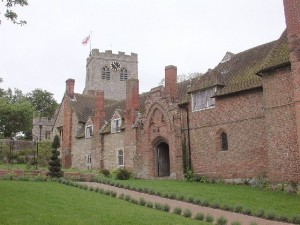


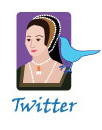




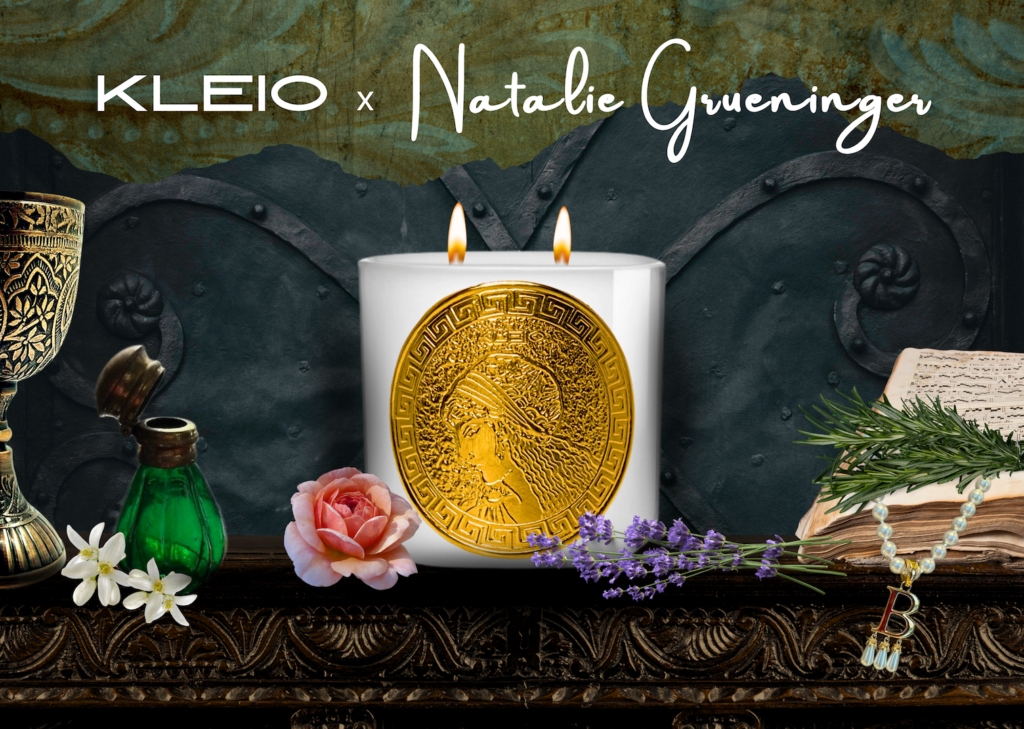
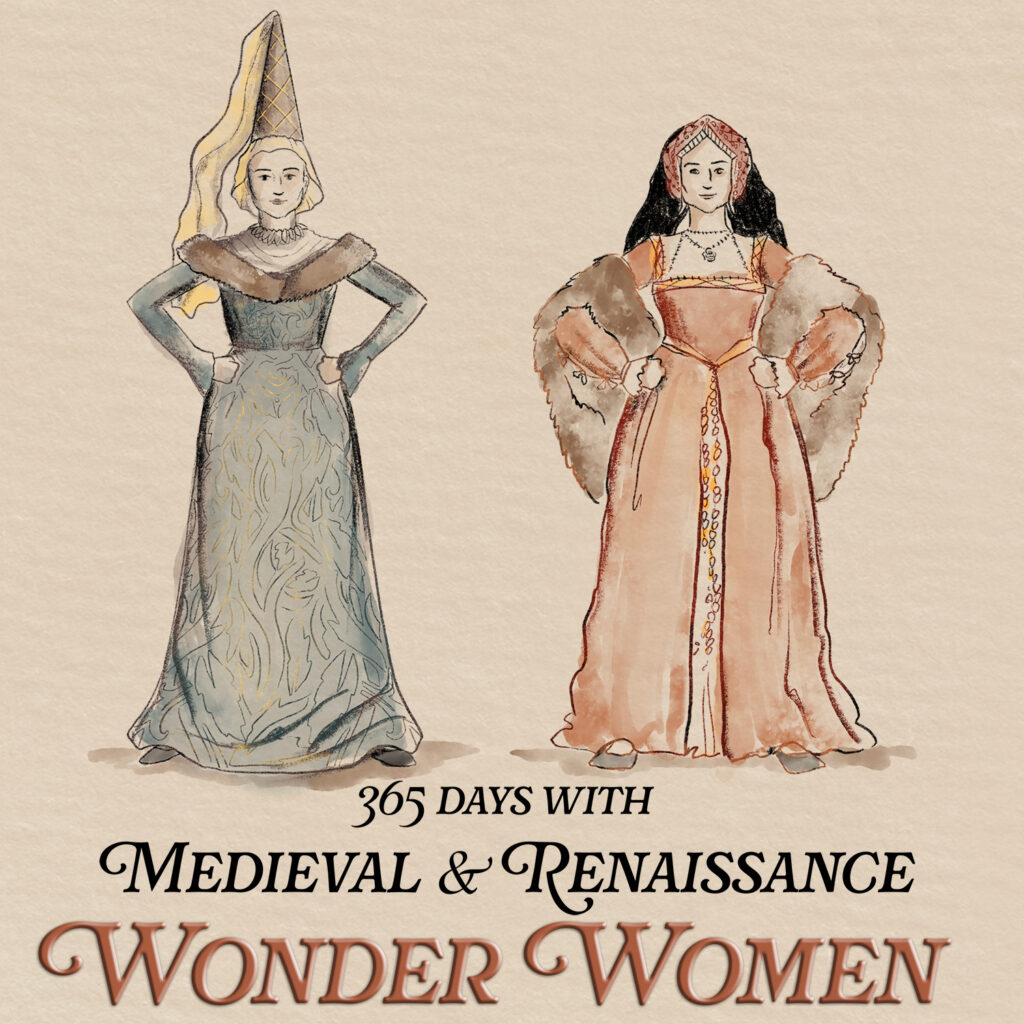
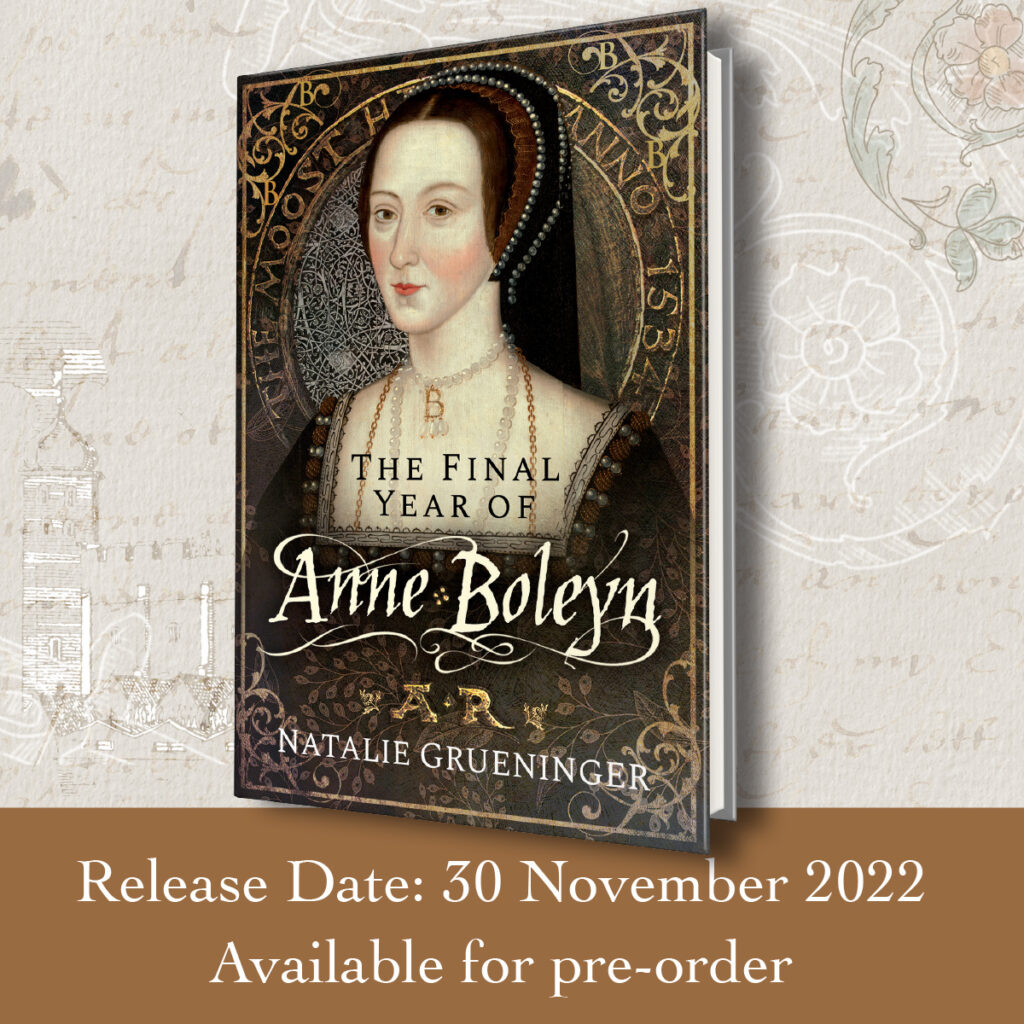
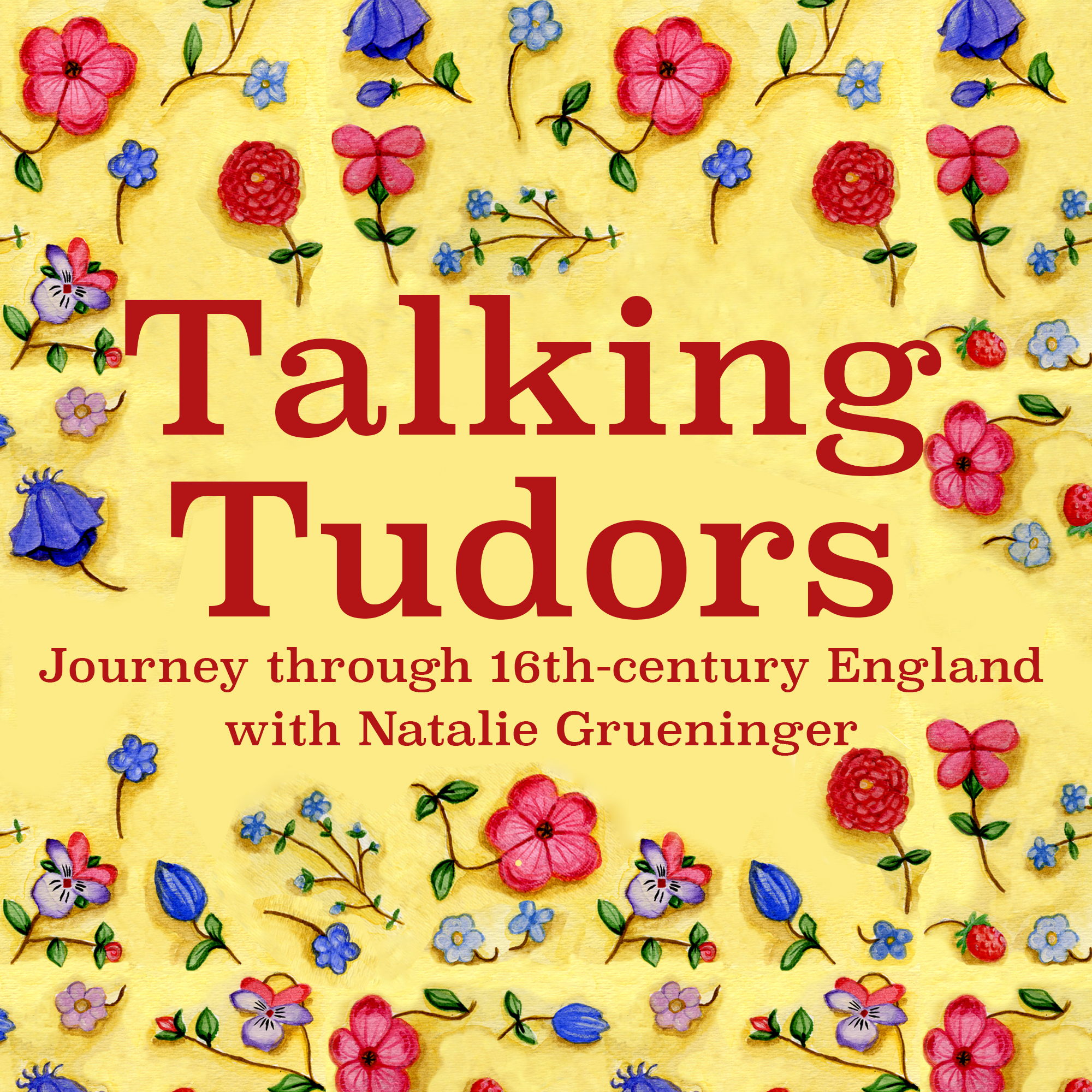

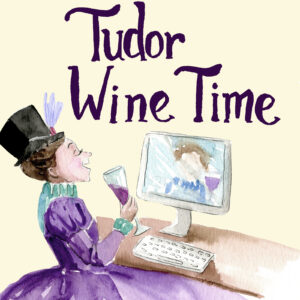
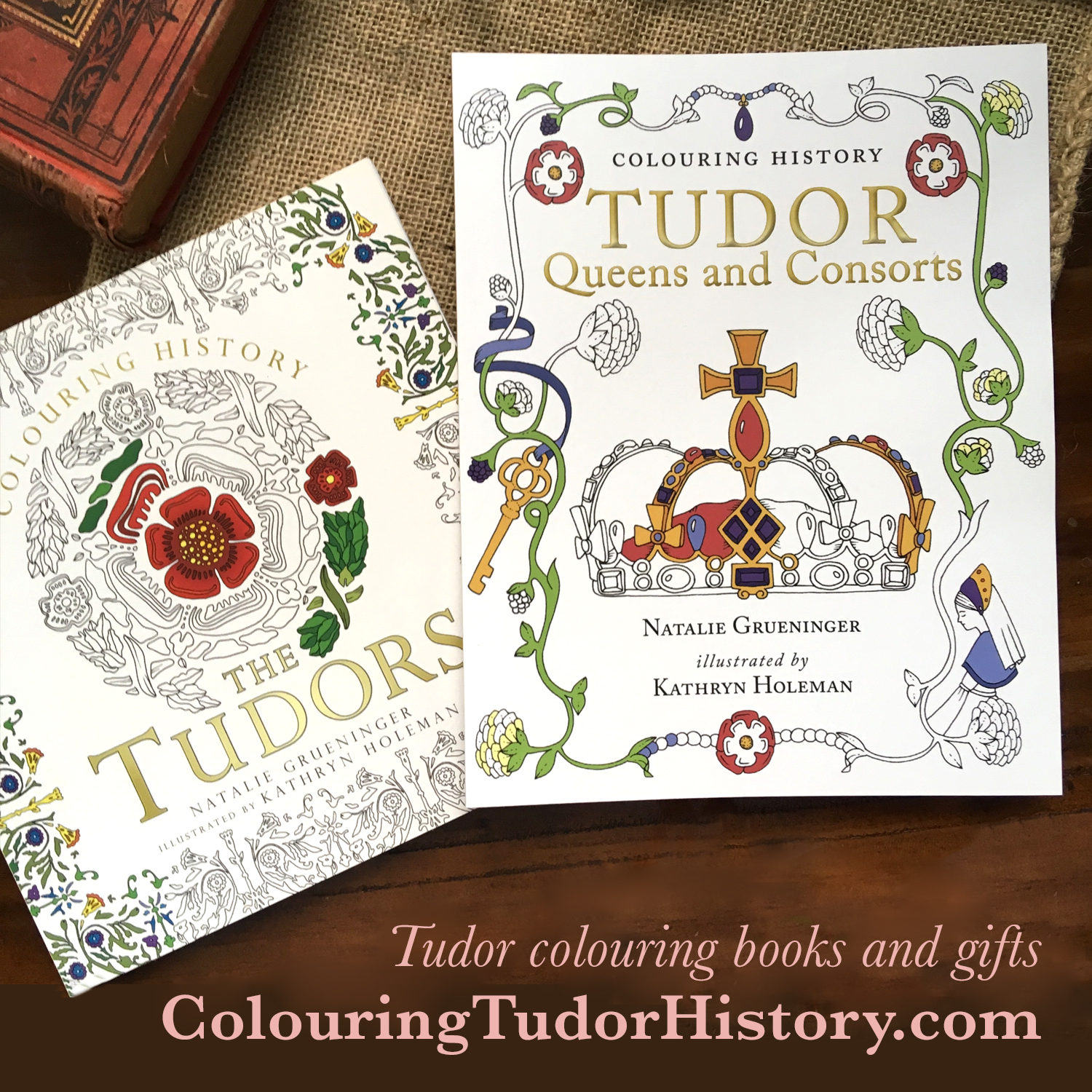

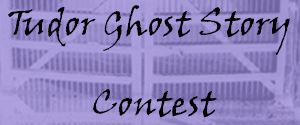

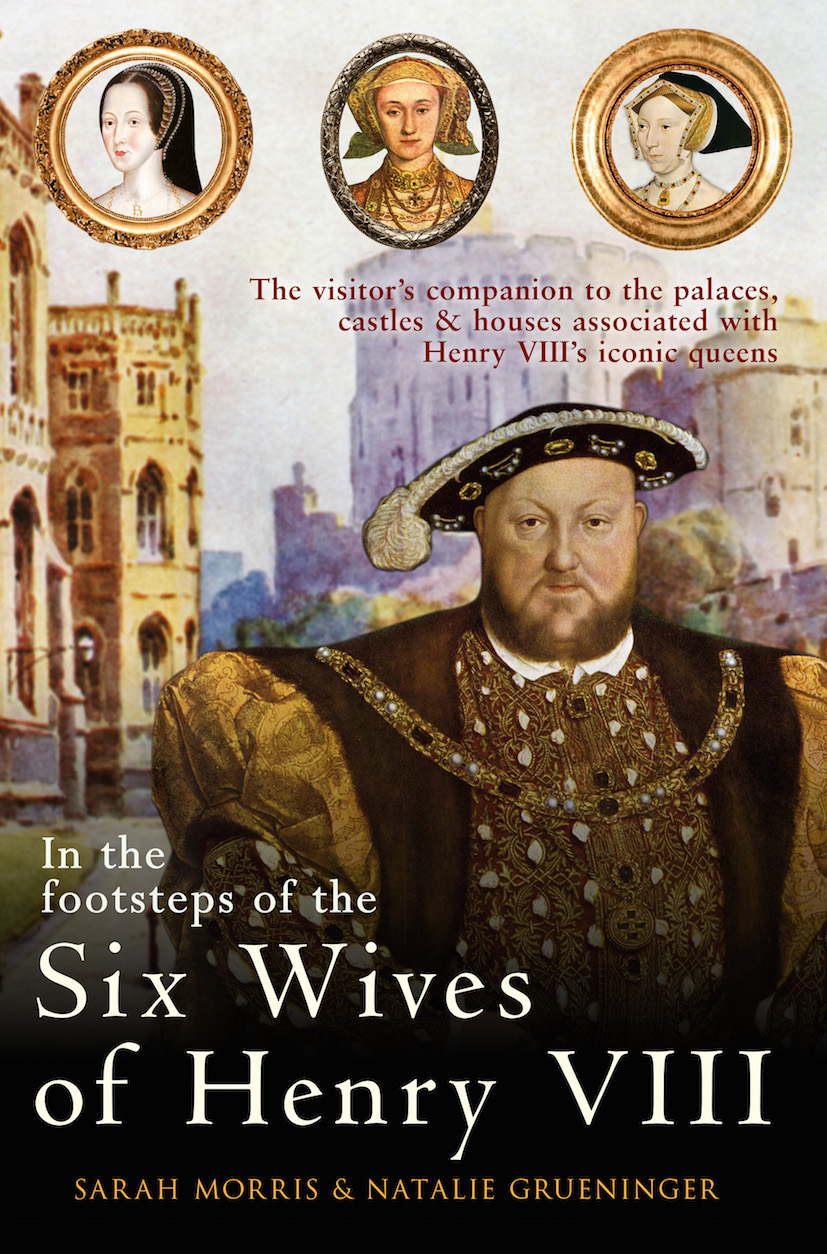
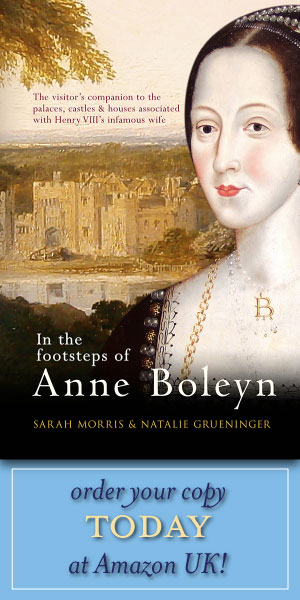


Hi Natalie,
A most interesting and fascinating website, which I was led to by your inclusion of a link to my photograph of Ewelme Manor! As a result of the link the hit rate on that image has increased greatly in the last few days with an additional 30 hits. I shall investigate the details on the website further in due course, as I too am interested in the Tudors. In due course I hope to post more ‘Tudor related’ images on my Flickr.
Best wishes
Chris
Thank you Chris! I look forward to seeing more Tudor photos, be sure to let me know when they are published 🙂
Interesting and informative, however, date error. Regarding Sir John Burghersh. He died in 1391, not 1491.
In 1968 i was invited for tea by Miss Watson, then an owner of the aforementioned house. Most interesting experience as she shared me many stories about the old house. And yes, the walls did “talk” as I visited every part of the house to include the attic filled with relic/treasures from the past! Glad to share the story with your readers if you wish. I have a pair of candlestick that were gifted to me by Miss Watson at the time of the visit. that had been in the house she said: “For years and years.” Of course she told me of the former notable residents and described the family members featured in the Sargeant (spelling) painting dominating the sitting room wall. Seeing that photograph evoked memories of dear Miss Watson & the lovely Ewelme setting where i also did brass rubbings of Thomas Chaucer.
I’m intrigued, Nanine! I’d love you to share your story with my readers. Would you like to write a little blog post/article?
Cynthia McLaglen Allen
My mother nearly died from Diphtheria in India just before the WWI, and her father James Marjoribanks a surgeon in the Indian Army performed a Tracheotomy on her throat and saved her life, and help her to breathe. He and his wife Betty decided not to keep her in India as the threat from disease was too great, so with Betty’s best friend’s agreement they sent Kay to Beatrice Jervis Parker, at Ewelme Manor to live, until things got better. My mother Kay Marjoribanks lived there, but it was much reduced leaving the medieval Hall intact and was where Miss Jervis and Kay lived. It had once been a Royal Palace, and was much bigger. Kay was educated by Beatrice, and learnt a lot about Medieval history, because she lived where Princess Elizabeth actually was housed, when she was young, and who became one of our greatest Queens. Kay told me that King Henry VIII was pushed into the cress beds by Anne Boleyn, as a joke but I think that is a story told by locals to liven things up! What saddened my mother was the thought of Elizabeth waiting to see her mother who was eventually locked up in the tower. She imagined her looking out of Ewelme Manor as she longed to see her mother, which was exactly what was happening to my own mother! Eventually the melancholy of my mother vanished and she was able to live a normal child’s life without her parents. This was the fate of many thousands of children during both World Wars. She never forgot Ewelme and its medieval interior with all its secrets.
Thank you so much for sharing your story, Cynthia! I’m so glad that your mother recovered and was able to have a normal childhood.
I attended Ewelme school in 1944-45. Mr Quixley was Headmaster and the Rector was Mr Humphreys. We lived in Kings Pool House where at the front where the two lower windows are was then a grocery shop which my father ( Ted Millard ) Operated. Behind the shop was the disused loaf bakery. We left there in 45 and moved to Stonor where Dad also ran the store. In 1951 we moved to New Zealand where I am now.